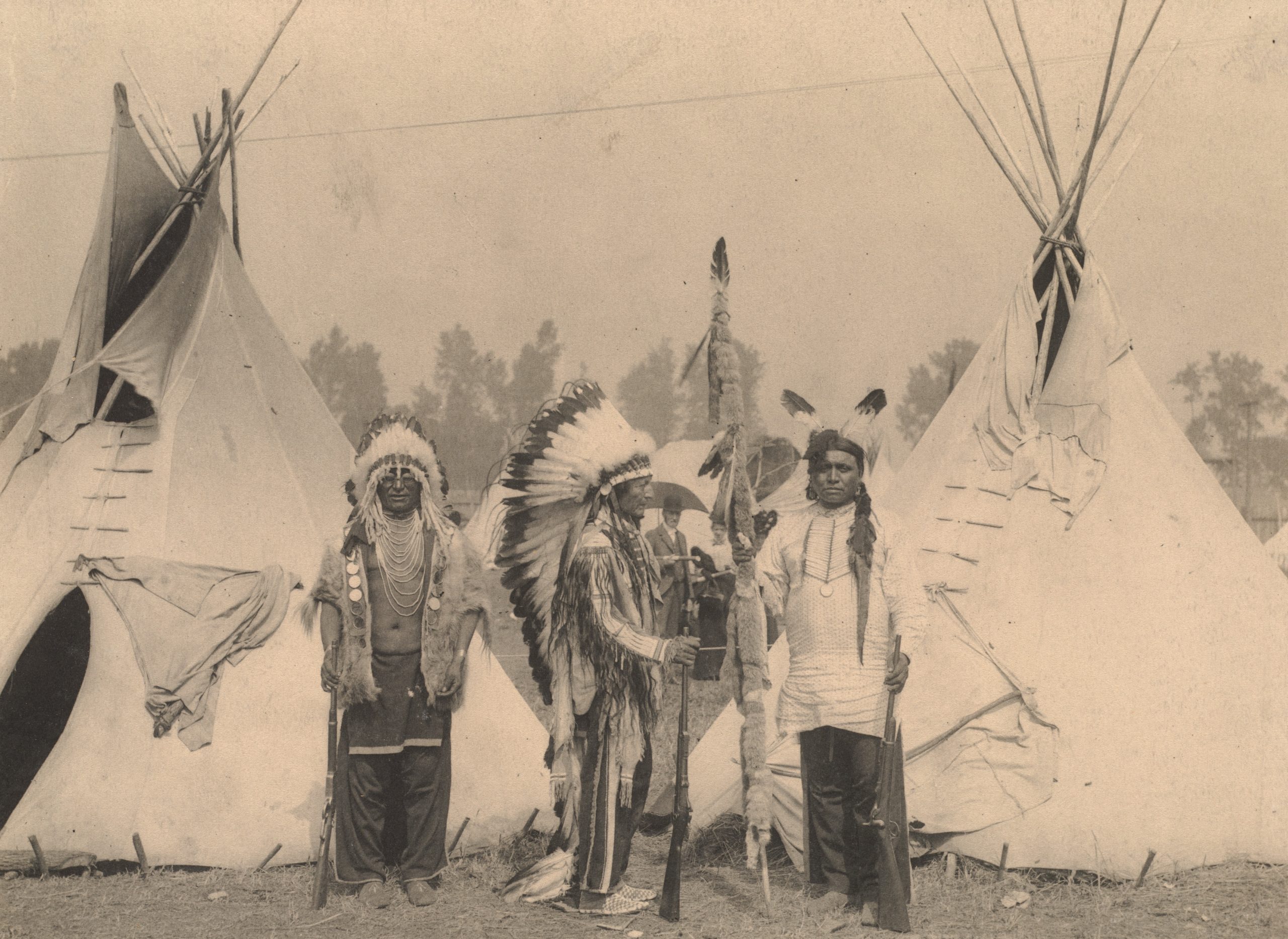Sinclair held a talk called “Seeking the Truth: The Historical Treatment of Native Americans” led and coordinated by Nora Stanger, who works in clinical psychology and is a lifelong learner, especially on this topic.
The book “The Other Slavery” by Andrés Reséndez was a big part of this presentation because of how moving and troubling it is to read. The book talks about the uncovered story of Indian enslavement in America. The book has many different stories of how the Indians were forced away from their families and sold to other Europeans.
“I was torn at the heart when I read the book,” said Stanger.
The presentation began with Christopher Columbus’s voyage in 1492 and how he took Indians away from their families, selling or trading the women and children. After Columbus, many others did the same from Ponce de Léon in 1513, to Hernando de Soto in 1539, and so on. The Europeans took over the whole countryside within almost 300 years.
The presentation showed the change of Native Americans’ land and how they were driven off and pushed into much smaller regions. Click here for the video
Stanger spoke about Captain John Sutter who is known to be one of the most prolific enslavers of Native Americans, and how he also received a grant for 48,000 acres of Native American land in California.
Ethnic cleansing was committed against the Native Americans. This forced them to become like the Europeans or else they would be killed. One way this was done was boarding schools for Native children. The purpose of the boarding schools were for the Europeans to isolate the children from their families and to wipe them clean of their traditions and languages.
“The greatest travesty was hundreds of years of hidden history and also ignoring the generational trauma that exists even today,” said Stanger.
Slavery is still going on today. There is human trafficking in the U.S, along with forced labor and forced marriage. According to the presentation, 50,000 people are trafficked into the U.S. each year.
“Slavery isn’t just in the past. It is part of our history,” said Stanger.
The talk ended with a call to action. There are a couple of things people can do.
- Open your eyes.
- Where do you see injustice happening?
- What can you do to address this issue?
You could tell by everyone’s reactions to the talk how moving and powerful it was to learn about the treatment of Native Americans and how slavery still plays a part in today’s world.
Nick Thomas
Intern


